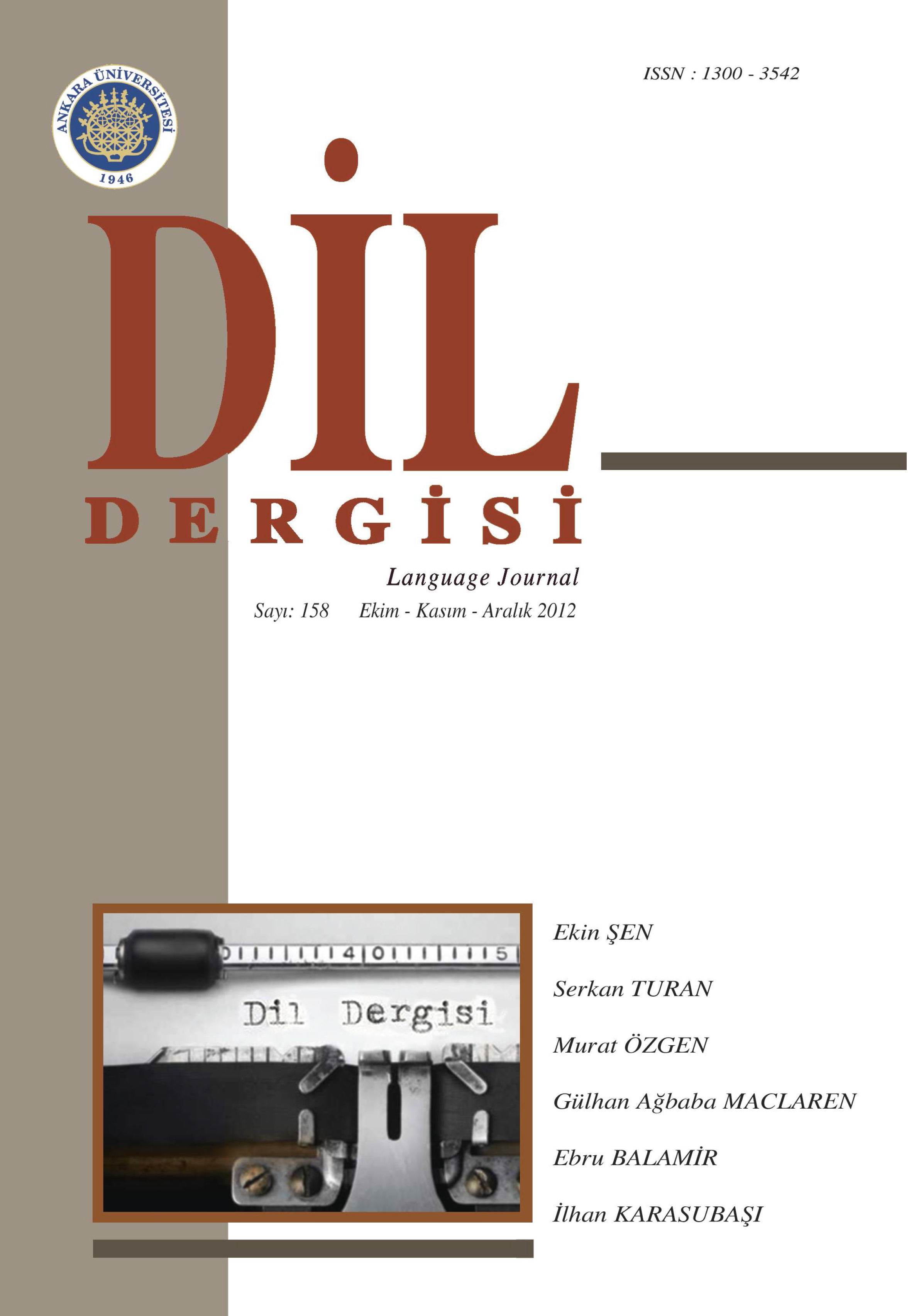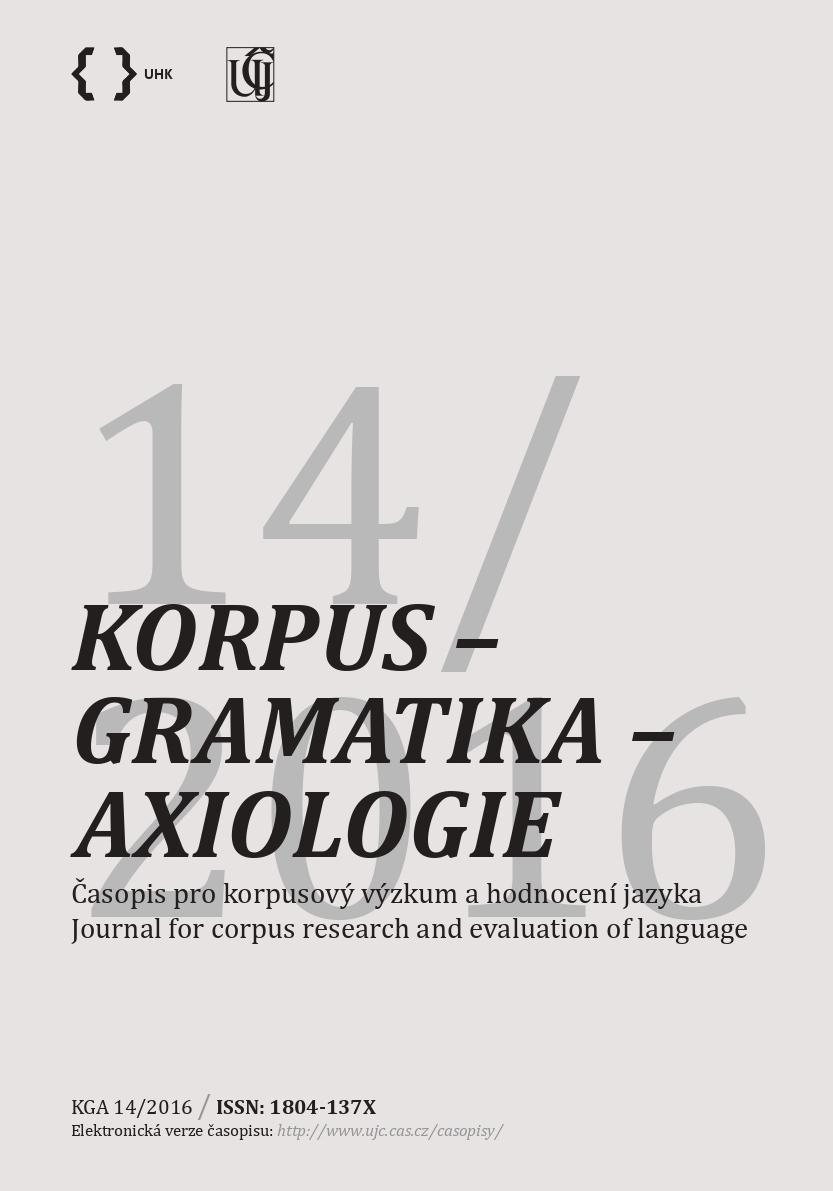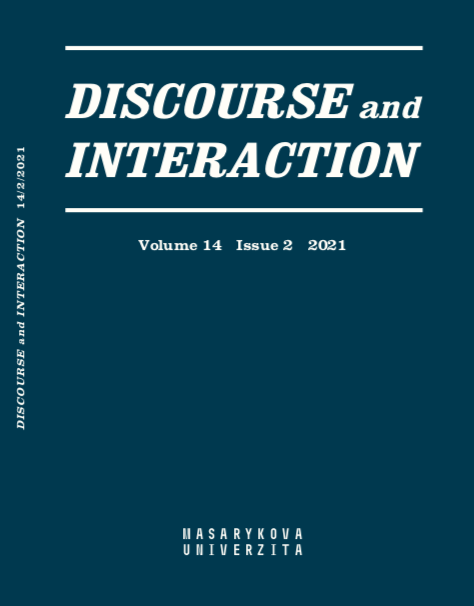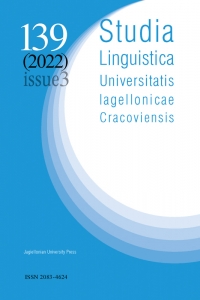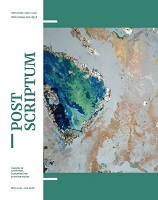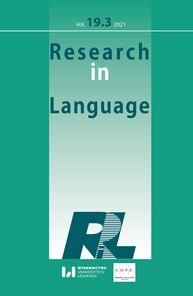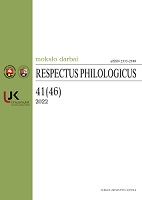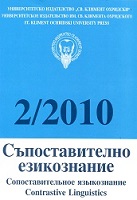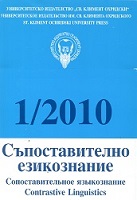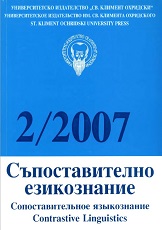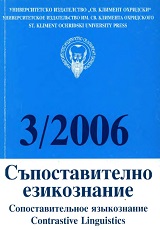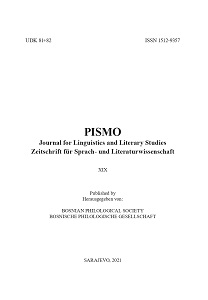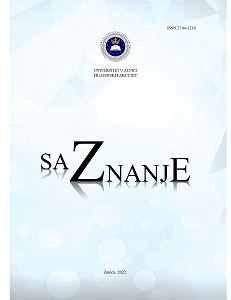Keelekontaktide uurimise võlu (ja kasu)
The article clarifies the importance of contact linguistics in the Estonian context. It is argued that the current sociolinguistic situation is highly relevant for a general contact linguistic research (small size of the country, different linguistic communities, post-soviet changes in language policies and, subsequently, bilingualization of Russian-speakers, and arrival of English as a new agent on the contact scene). Two recent contact-induced language change models are introduced and compared: the code-copying framework by L. Johanson and the PAT- and MAT-replication model by J. Matras and J. sakel. The former has been used in the Estonian situation by several researchers. The models share several common features: a holistic, non-constrained approach to language contact phenomena, the same mechanisms (copying/replication) for all language levels (rather than separate models for code-switching and morhposyntactic changes). The latter model is more concerned with functional and cognitive reasons of replication, placing the major site of change into individual speakers. At a descriptive level, Johanson’s code-copying framework appears more accurate since a category of mixed copying is introduced there. Data from Russian-Estonian and English-Estonian language contacts support the relevance of mixed copying.
More...
